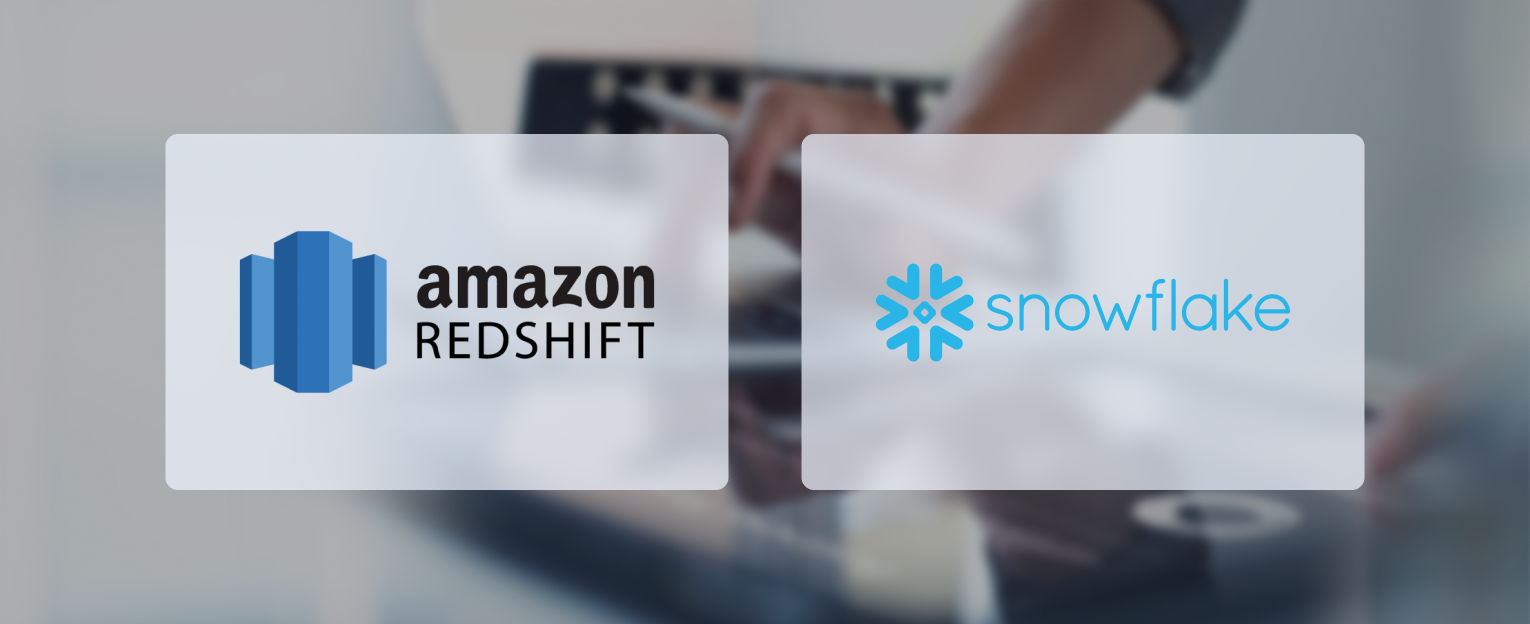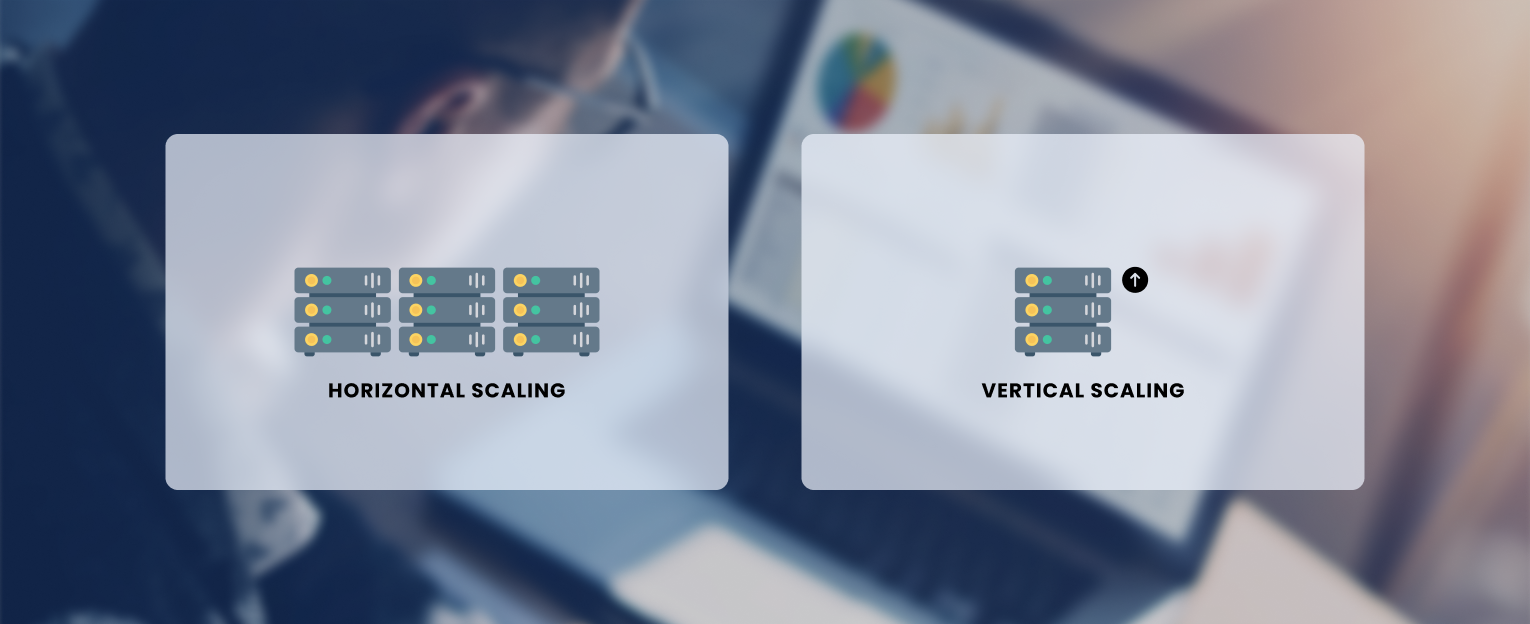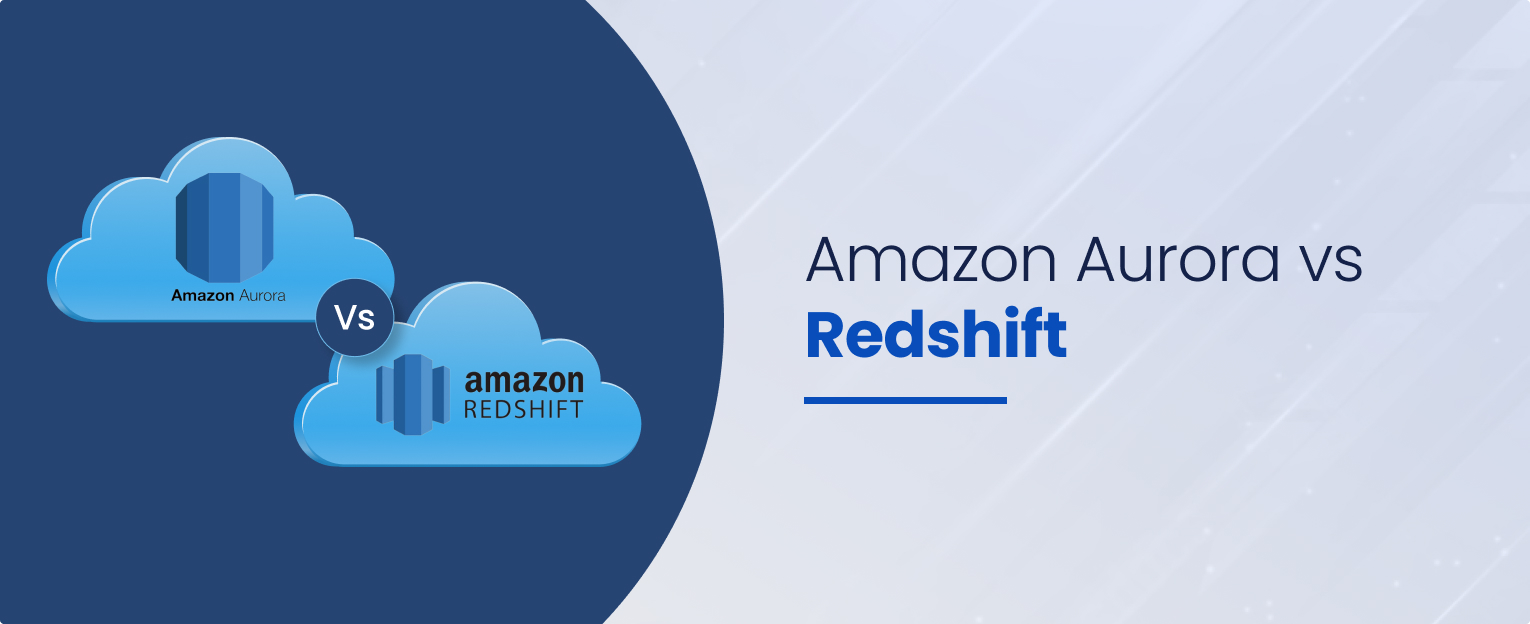Content Delivery Networks (CDNs) have become an essential tool for optimizing web performance and mitigating cyber threats. Two popular tools in the CDN market are Amazon CloudFront and Cloudflare.
This article on Amazon CloudFront vs Cloudflare sheds light on these two CDNs: Amazon CloudFront or Cloudflare, highlighting their features, strengths, and differences.
By exploring their capabilities in content delivery, security, scalability, and integration options, we plan to provide insights that will help businesses and developers in making an informed decision when selecting the right CDN solution for their needs.
Head to Head Comparison: Amazon CloudFront vs Cloudflare
| Feature | Amazon CloudFront | Cloudflare |
| Content Delivery | Global network of edge locations for content delivery | Global CDN with extensive edge locations |
| Performance | Low-latency content delivery for improved user experience | Faster page loads with content caching and optimization |
| Security | Provides SSL/TLS encryption and integrates with AWS WAF | Offers DDoS protection, WAF, SSL/TLS encryption, and more |
| Scalability | Scales automatically to handle traffic spikes | Handles traffic fluctuations with load balancing |
| Integration with AWS | Seamlessly integrates with other AWS services | Focuses on CDN, security, and optimization features |
| Customization | Customizable caching settings and content behaviors | Offers caching, optimization, and rule-based configurations |
| Analytics and Insights | Provides detailed metrics and logs for monitoring | Offers insights into website traffic and security events |
| Serverless Computing | Supports Lambda@Edge for serverless execution | Offers Workers for serverless computing at the edge |
| Pricing Model | Pay-as-you-go pricing based on data transfer and requests | Offers free and paid plans with various levels of features |
| Use Cases | Ideal for AWS users and seamlessly integrates with AWS | Suited for a wide range of websites and applications |

How Folio3 can help you with cloud migration?
Looking to simplify your cloud migration process? Partner with Folio3, your trusted cloud migration experts. Our experienced professionals will guide you through every step, from assessment and planning to seamless execution.
What is Amazon CloudFront?
Amazon CloudFront is a Content Delivery Network (CDN) service that accelerates the delivery of web content and assets by caching them in edge locations around the world.
When users request content, CloudFront delivers it from the nearest edge location, reducing latency and improving loading times. CloudFront offers a variety of AWS, including global reach, content caching, security measures, integration with AWS services, and real-time monitoring.
It is a go-to solution for businesses seeking to enhance web performance and deliver content reliably to a diverse audience.
Benefits of Amazon CloudFront
- Faster Content Delivery: Amazon CloudFront significantly improves the speed at which your digital content reaches end-users. By leveraging a global network of edge locations, CloudFront caches and delivers content from the nearest server to the user’s location. This reduces the physical distance data needs to travel, resulting in lower latency and faster loading times for web pages, videos, images, and other assets.
- Scalability and High Availability: CloudFront is designed to handle varying levels of traffic, ensuring that your web applications can scale seamlessly during traffic spikes or high-demand periods. With automatic scaling and distribution of content across multiple edge locations, CloudFront can handle sudden surges in user requests without compromising performance or reliability.
- Cost Optimization: Amazon CloudFront’s pay-as-you-go pricing model allows you to control costs while providing a high-quality user experience. You only pay for the data transfer and requests made, making it a cost-effective solution. Moreover, CloudFront’s caching mechanism reduces the load on your origin server, leading to reduced server costs and bandwidth usage.
- Enhanced Security: CloudFront provides strong security features that protect your content and applications from various online threats. It supports SSL/TLS encryption, which ensures that data transmitted between edge locations and end-users remains secure. CloudFront integrates with AWS Web Application Firewall (WAF), which allows you to set rules to block malicious traffic and mitigate Distributed Denial of Service (DDoS) attacks.
- Seamless Integration with AWS Ecosystem: As part of Amazon Web Services, CloudFront seamlessly integrates with other AWS services. You can easily distribute content stored in Amazon S3 buckets or accelerate the delivery of dynamic content generated by AWS Lambda functions. This integration simplifies your infrastructure management and allows you to leverage a comprehensive suite of services for various aspects of your applications, from storage to compute to content delivery.
Amazon CloudFront offers a range of benefits including faster content delivery, scalability, cost optimization, enhanced security, and smooth integration with the AWS ecosystem. Learn more about AWS processes and best practices.
Drawbacks of Amazon Cloudfront
- Complex Setup for Beginners: Setting up Amazon CloudFront, especially for users new to AWS services, can be complex and involve a learning curve. Configuring settings and distribution behaviors might require technical expertise, making the initial setup process challenging for beginners.
- Additional Costs: While Amazon CloudFront offers a pay-as-you-go pricing model, it’s important to note that using CloudFront might incur additional costs for data transfer, requests, and usage of other AWS services that integrate with CloudFront. Careful planning and monitoring are necessary to avoid unexpected expenses.
- Limited Independent Control Over Edge Locations: While CloudFront provides a vast network of edge locations, users have limited control over specifying the exact edge locations for content distribution. This lack of granular control might impact the precise geographical targeting of content, especially for specific use cases.
Used Cases of Amazon CloudFront
Here are two examples where Amazon CloudFront would be an ideal option.
E-commerce Website with Global User Base:
Imagine you run a popular e-commerce website that sells clothing and accessories worldwide.
Your website’s user base is spread across different countries, and you want to ensure a seamless shopping experience for all users regardless of their geographical location.
CloudFront provides fast, scalable, and secure content delivery to your users. It caches static assets at edge locations to reduce latency and accelerate loading times.
It automatically scales to handle traffic spikes and provides pay-as-you-go pricing. It also encrypts data with SSL/TLS and integrates with AWS WAF to protect user data.
Media Streaming Platform:
Consider you’re developing a media streaming platform that delivers high-quality videos to users globally. Your platform hosts a vast library of videos, and you want to provide smooth playback without buffering and delays.
CloudFront delivers high-quality video content with low latency, adaptive bitrate streaming, and global coverage. It also protects your content from unauthorized access.
In both examples, Amazon CloudFront proves to be an ideal option due to its ability to accelerate content delivery, ensure a seamless user experience, and provide cost-effective solutions for varying traffic demands.
What is Cloudflare?
Cloudflare is a cloud-based platform that provides a suite of services aimed at improving website performance, security, and reliability.
It operates as a Content Delivery Network (CDN) while offering features such as DDoS protection, Web Application Firewall (WAF), SSL/TLS encryption, load balancing, and optimization tools.
Cloudflare’s services enhance user experiences by reducing latency, protecting against cyber threats, and optimizing website performance. It caters to businesses and website owners seeking to create a more secure, faster, and reliable online presence.
Benefits of Cloudflare
- Enhanced Website Performance: Cloudflare’s global Content Delivery Network (CDN) reduces latency by caching content in servers distributed across various geographic locations. When a user requests content, Cloudflare serves it from the nearest server, significantly speeding up page loading times. This leads to improved user experiences, higher engagement, and better search engine rankings due to faster page renderings.
- Distributed Denial of Service (DDoS) Protection: Cloudflare’s robust DDoS protection mitigates large-scale cyberattacks that attempt to overwhelm a website’s servers. By analyzing incoming traffic patterns and blocking malicious requests, Cloudflare ensures that your website remains accessible even during intense attack attempts. This protection prevents downtime and potential revenue loss resulting from these attacks.
- Web Application Firewall (WAF): Cloudflare’s WAF defends websites against a wide array of security threats, including SQL injection, cross-site scripting (XSS), and more. It offers a set of predefined security rules and allows customization to match your specific application’s needs.
- SSL/TLS Encryption: Cloudflare provides free SSL/TLS certificates, securing the communication between your website and its visitors. This encryption prevents unauthorized interception of sensitive data, such as login credentials and credit card information. SSL/TLS not only protects user data but also builds trust and credibility, as browsers indicate secure connections with padlock icons.
- Global Content Delivery and Load Balancing: Cloudflare’s CDN not only accelerates content delivery but also offers load balancing capabilities. Load balancing distributes incoming traffic across multiple servers, optimizing their utilization and ensuring high availability. This feature enhances website performance by preventing server overloads and reducing the risk of downtime due to server failures.
Getting Cloudflare for your business can lead to faster, more secure, and highly available websites that offer an improved experience for users and better protection against online threats.
Drawbacks of Cloudflare
- DNS Propagation Delays: When setting up Cloudflare for the first time or making changes to DNS records, there might be delays in the propagation of these changes across the internet. This means that it could take some time before your updates become effective, affecting the speed of implementation. You can monitor these delays with an online DNS propagation checker
- Potential Performance Variability: While Cloudflare’s content delivery network is extensive, the actual performance experienced by users can vary depending on their geographic location and the specific edge server they’re routed to. This variability could impact loading times and user experiences.
- Content Caching Challenges: Cloudflare’s content caching, while beneficial for faster loading, can sometimes lead to issues with serving updated content. If changes are made to your website, it might take a while for the cached content to refresh, potentially causing users to see outdated information.
Used Cases of Cloudflare
News Website with High Traffic Fluctuations:
Consider a news website that experiences significant fluctuations in traffic depending on breaking news stories and events. The website needs to handle sudden surges in traffic while maintaining fast loading times and protecting against cyber threats.
Cloudflare provides traffic scalability, DDoS protection, WAF, and caching for news websites. This ensures fast loading times, protection from attacks, and uninterrupted access to news content.
SaaS Application for Collaboration:
Suppose you’re managing a Software-as-a-Service (SaaS) application that facilitates collaboration among remote teams, offering features like document sharing, video conferencing, and project management tools. Data security, seamless performance, and real-time communication are essential.
Cloudflare’s CDN, SSL/TLS encryption, WAF, and DDoS protection ensure fast, secure, and reliable collaboration for remote teams.
In these scenarios, Cloudflare’s capabilities are well-suited to address the unique needs of news websites and SaaS applications, providing solutions for traffic scalability, security, performance optimization, and data protection.

How Folio3 can help you with cloud migration?
Looking to simplify your cloud migration process? Partner with Folio3, your trusted cloud migration experts. Our experienced professionals will guide you through every step, from assessment and planning to seamless execution.
Similarities between Amazon CloudFront and Cloudflare
Amazon CloudFront and Cloudflare, two prominent content delivery solutions, share fundamental features that optimize website performance and security.
Leveraging Content Delivery Networks (CDNs), both services cache data in global edge locations to expedite content delivery and reduce latency. This results in faster loading times and enhanced user experiences.
Additionally, SSL/TLS encryption ensures secure data transmission, and DDoS protection safeguards against cyber threats. Their global reach guarantees content delivery from the closest server, irrespective of user location.
Both platforms are scalable, adaptable, and offer integration possibilities, making them vital tools for seamless digital experiences.
Amazon Cloudflare vs CloudFront: Which is better for you?
The decision between Amazon CloudFront and Cloudflare depends on your specific needs and priorities.
Choose Amazon CloudFront If:
- You are heavily integrated with Amazon Web Services (AWS) and want seamless compatibility.
- You prioritize close integration with other AWS services for a comprehensive cloud ecosystem.
- Your focus is on leveraging the AWS infrastructure for content delivery and optimization.
- You require a global CDN that can efficiently deliver content with low latency.
- You value scalability that can easily handle traffic fluctuations.
Choose Cloudflare If:
- You are looking for a versatile CDN solution with strong security and optimization features.
- You want a CDN with a wide array of security options like DDoS protection and WAF.
- You need a user-friendly platform suitable for various types of websites and applications.
- You prioritize ease of use and a straightforward setup process.
- You’re seeking cost-effective plans with both free and paid options.
Ultimately, the choice depends on factors like your existing infrastructure, required features, technical expertise, budget, and the specific goals you have for improving website performance, security, and user experience.
Read More: Different types of databases offered by Amazon; RDS vs DynamoDB.
Conclusion: Amazon CloudFront vs Cloudflare
AWS CloudFront vs Cloudflare tells us that both are two great CDN services.
While Cloudflare emphasizes versatile security features and user-friendly interfaces, Amazon CloudFront offers seamless integration within the AWS ecosystem.
Your decision between the two should ultimately depend on your migration readiness assessment, specific requirements, infrastructure, and preferences. Whichever you choose, should depend on your unique needs for performance, security, and user experience.













